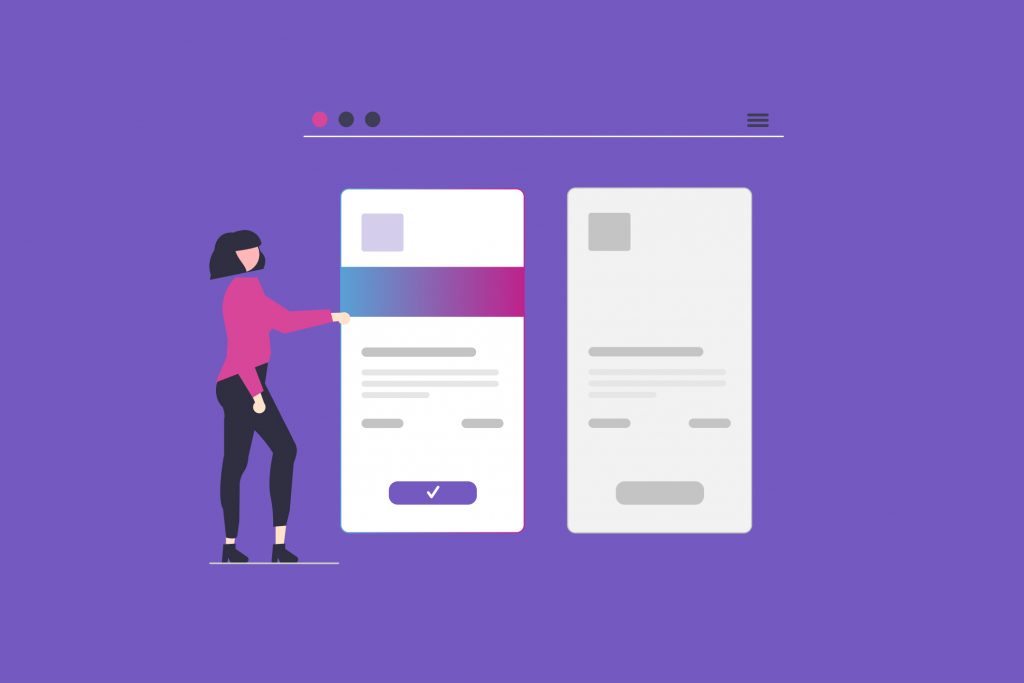Electricity Providers in Texas: Fun Facts & Figures
Electric companies in Texas are pretty darn cool
Thanks to a deregulated energy market, people have had the power to choose the Texas electricity provider they prefer for more than 20 years. So, it’s no surprise that in that time, there’s been a lot of innovation among electricity providers in Texas. That includes the types of plans offered to consumers and the sources used to supply energy across the state. And, as the second-most-populous state in the U.S., Texas has made a name for itself in ways that you may not have known about.
Check out some of the interesting (and dare we say, “fun”) facts about the electricity providers in your home state.
Did you know…?
With 29.5 million residents in the state (that’s approximately 8.9% of the total U.S. population!), Texas energy companies bring power to millions of people. That’s just the beginning. Did you know …
- Texas has had lower residential, commercial and industrial electricity rates than the United States’ average. According to the U.S. Energy Information Administration, in January 2022, Texas residential energy rates were 1.48 cents/kilowatt hour (kWh) lower than the national average. Also in that month, commercial rates clocked in at 3.56 cents/kWh less than the nation’s average. Industrial rates also beat the national average by 1.58 cents/kWh that month.
- Texas has the second-highest cumulative solar capacity, trailing only California. In addition, it’s one of the leading states in solar energy potential.
- In 2020, Texas produced about 28% of the nation’s wind-powered electricity. That’s more than any other state!
Little-known facts about electricity providers in Texas
The deregulated energy market in Texas is all about competition. Therefore, many Texas energy companies like to get creative with their electricity plans. After all, one size doesn’t fit all when it comes to lifestyle, budget and preferences. So, why not offer plans built around these factors? Take a look at some interesting ways electricity providers in Texas can power your home, on your terms.
Interesting info about Texas energy companies
- Choose from plans that let you lock in your energy charge for 12, 24 or even 36 months. Just set it and forget it for long-term price security.
- Who doesn’t like free? Some plans offer free electricity during weeknight or weekend usage. For example, night owls might switch their energy-consuming chores (like laundry) to the specified ‘free’ timeframe to help save on their electric bill. Time of Use plans like this let people make small shifts to take advantage of off-peak usage times. These are time periods when demand on the electricity grid is lower.
- Like to shop? Some electricity providers in Texas offer gift cards after enrolling in certain plans. In addition to powering your home, plans like this give you extra spending power.
- Protect the environment, right from that comfy spot on your couch. Electricity plans that provide 100% renewable energy — from sources like the wind and the sun — make it easy to do your part for a healthier planet.
- Bon voyage! Did you know you can even get airline miles with some electricity plans? Whether you’re a frequent flyer or still waiting to take your first flight, plans like this can get you closer to your next destination.
Be sure to check each plan’s Electricity Facts Label (EFL) for details. You’ll enjoy discovering all the options available during the shopping process.
Frequently asked questions about Texas electricity providers and plans
At one point or another, you might have thought of some “What if?” scenarios related to Texas energy companies and plans. Don’t worry, you’re not alone. We can help clear things up.
What if I move and have to cancel my electricity contract early? Do I have to pay a cancellation fee?
If you move from your existing service address in the middle of a contract term, no worries. By providing a forwarding address and possibly other move-related information, you won’t have to pay your plan’s early termination fee. Check your plan’s contract documents for specific terms and conditions.
What if my contract is about to expire? Will my electricity get shut off if I don’t make a decision about what to do next?
No. You don’t have to stress about your power being turned off simply because your contract term has expired. Here’s how this situation plays out. As an example, say you are enrolled on a fixed-rate product. Your current provider is required to notify you in advance of the date your contract expires. This gives you time to decide if you want to renew or shop and compare energy rates. You’re also allowed to switch providers in the final 14 days of your contract without incurring an early termination fee.
Even if your contract term expires and you’ve not enrolled on a new plan, it’s okay. Your provider will simply switch you over to a default month-to-month plan. Your power will keep running without interruption.
What if the Texas power company I’ve chosen goes out of business?
The Public Utility Commission of Texas (PUCT) is always looking out for consumers’ best interests. In this scenario, the PUCT has designated “Providers of Last Resort” (POLR) as backup electricity service providers in the rare circumstances when a Texas electricity company cannot supply power. The POLR is meant to be a temporary safety net. For information on choosing Texas electric providers, check out this guide.
Shopping for electricity in Texas
Think about all the electric companies in Texas competing for your business (the PUCT lists more than 135 active retail electricity providers in the state). Imagine how hard it would to sort through all the plans to find the perfect match for your home.
Luckily, it’s simple to shop and compare electricity rates and providers. With our easy-to-use filters, you can narrow down your options. Plus, you get plan pricing translated into actual monthly bill estimates based on your monthly electricity usage and other factors. Try it — we think you’ll quickly find a plan that’s just right for you.
Comments Off on Electricity Providers in Texas: Fun Facts & Figures










